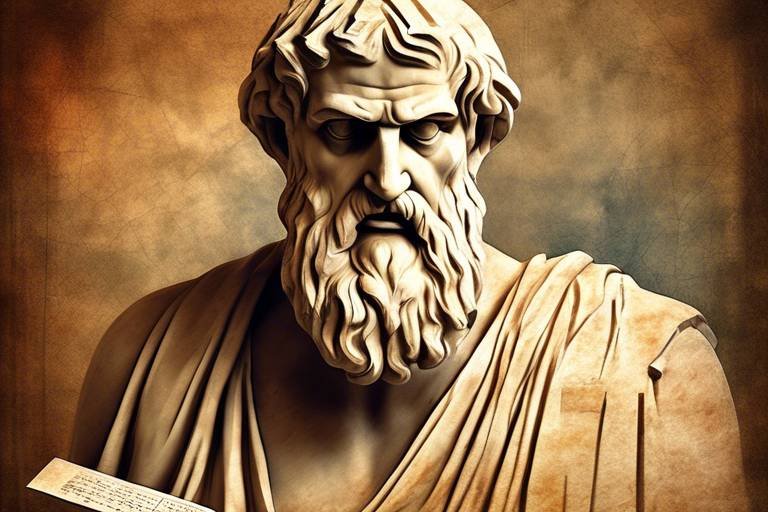The Mystery of the Ancient Aztec Religion's Practices
Exploring the enigmatic rituals and beliefs of the Aztec civilization reveals a fascinating world shrouded in mystery and intrigue. The Aztecs, with their complex religious practices and ceremonies, offer a glimpse into a society where spirituality intertwined with daily life.
At the core of Aztec beliefs were a pantheon of deities, each representing different aspects of nature and life. From the powerful sun god Huitzilopochtli to the nurturing earth goddess Coatlicue, the Aztecs worshipped a diverse array of gods, seeking their favor through elaborate rituals and offerings.
One of the most controversial aspects of Aztec religion was their practice of human sacrifice. Delving into the sacrificial rituals of the Aztecs unveils a complex system of beliefs where offering human lives to the gods was deemed necessary to ensure the continuity of the world.
Offerings played a crucial role in Aztec religious ceremonies, with a variety of items presented to the gods as tributes. From maize and cacao to quetzal feathers and precious stones, these offerings symbolized the Aztecs' reverence for their deities.
The grandeur of Aztec temples and sacred sites reflects the importance of religious architecture in their society. These structures served as focal points for spiritual practices and ceremonies, embodying the Aztec's deep connection to the divine.
The priesthood held significant power in Aztec society, guiding religious practices and rituals. Priests and religious leaders played a crucial role in mediating between the people and the gods, interpreting omens and performing sacred ceremonies.
Divination and prophecy were integral to Aztec religious practices, allowing them to communicate with the divine and seek guidance for the future. Through intricate rituals and ceremonies, the Aztecs sought to unravel the mysteries of the spiritual realm.
The ceremonial calendar of the Aztecs was filled with religious festivals and observances, marking important dates in their spiritual calendar. These events brought the community together in celebration and reverence for their gods.
Exploring the Aztec beliefs about the afterlife unveils a rich tapestry of myths and legends surrounding death and the journey of the soul. The Aztecs viewed the afterlife as a continuation of existence, where the soul embarked on a transformative journey beyond the earthly realm.
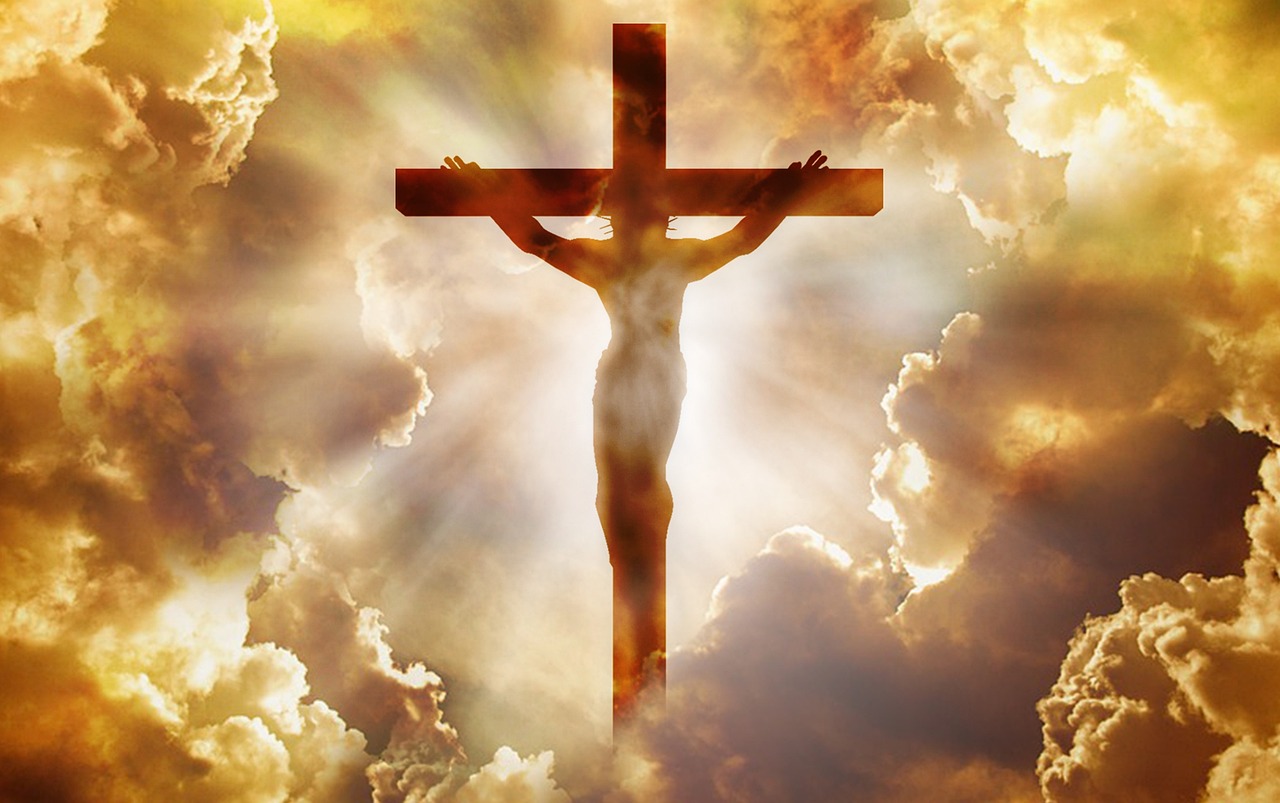
Aztec Deities and Beliefs
Delve into the fascinating world of Aztec deities and beliefs, where a complex pantheon of gods reigned supreme over the civilization. The Aztecs worshipped a multitude of gods, each representing different aspects of life and nature. From Huitzilopochtli, the god of sun and war, to Quetzalcoatl, the feathered serpent god associated with creation and wisdom, their beliefs intertwined with daily existence.
These deities were not distant figures but played active roles in the lives of the Aztecs, influencing decisions, harvests, and battles. The Aztec worldview was deeply intertwined with their beliefs, shaping their understanding of the world and guiding their actions.
Moreover, the Aztec belief system was not static but evolved over time, incorporating new deities and rituals as their civilization expanded and interacted with other cultures. This dynamic nature of their beliefs reflected the vibrant and ever-changing society of the Aztecs.
Unravel the mysteries of Aztec deities and beliefs, and discover the intricate tapestry of gods that defined their spiritual landscape.
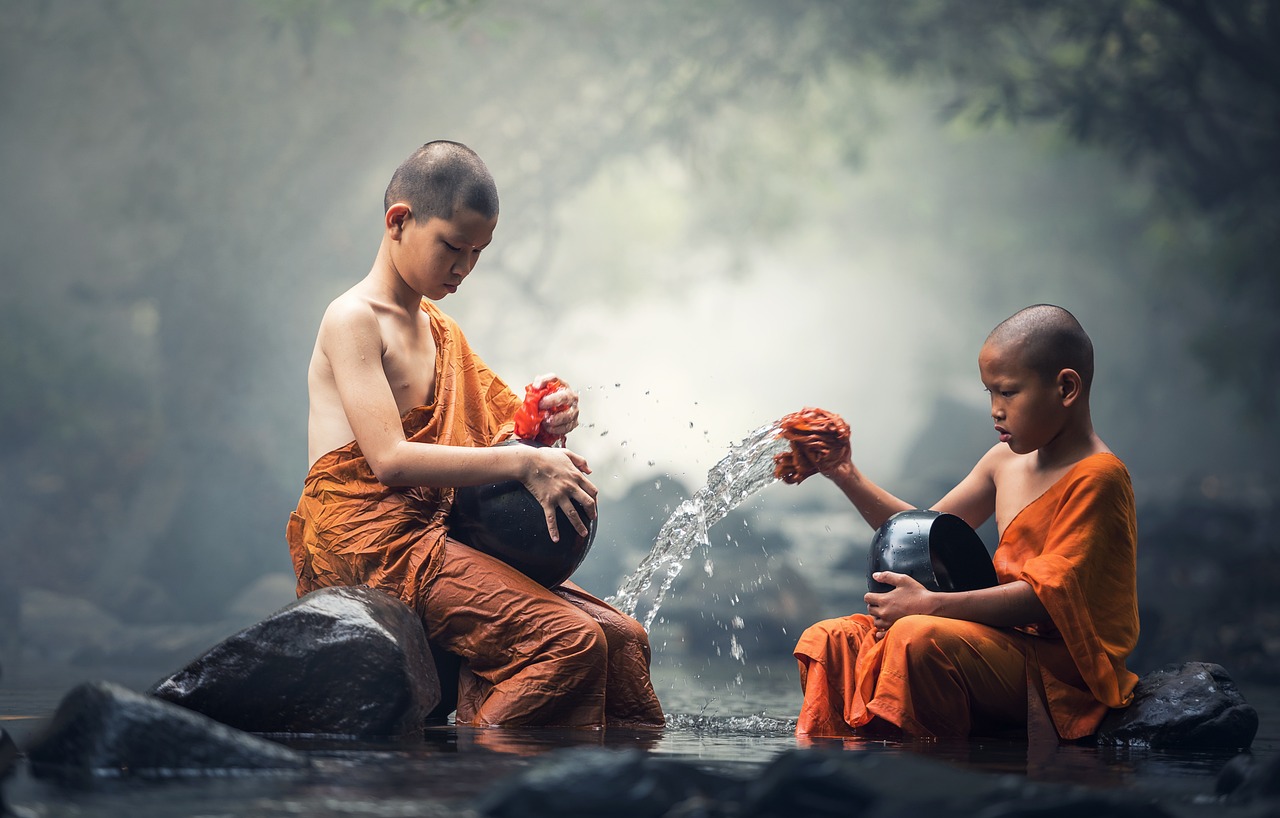
Sacrificial Rituals
Exploring the enigmatic rituals and beliefs of the Aztec civilization, shedding light on their religious practices and ceremonies that were central to their society and worldview.
Understanding the pantheon of gods worshipped by the Aztecs and delving into their complex belief system that influenced every aspect of their lives.
Unraveling the significance of human sacrifice in Aztec religious ceremonies, examining the rituals and practices associated with this controversial aspect of their faith.
The sacrificial rituals of the Aztecs were deeply intertwined with their religious beliefs and worldview. Sacrifice was considered essential to maintain the balance between the earthly realm and the divine. Human sacrifice, in particular, played a central role in Aztec ceremonies, symbolizing the offering of life to the gods in exchange for their favor and protection.
Victims of sacrifice were often chosen meticulously, with captives from wars or members of the Aztec community being selected for specific rituals. The act of sacrifice was seen as a sacred duty, a way to honor the gods and ensure the continuation of the world. The rituals were elaborate and conducted with great solemnity, involving priests, ceremonial tools, and intricate ceremonies.
Through sacrifice, the Aztecs believed they could communicate with the gods, seek their guidance, and ensure the prosperity of their civilization. The practice, although controversial and shocking to modern sensibilities, was deeply ingrained in Aztec religious traditions and played a crucial role in their spiritual beliefs.
Exploring the various offerings and tributes made to appease the Aztec deities, including food, animals, and precious items used in religious ceremonies.
Discovering the architectural marvels of Aztec temples and sacred locations, analyzing the design and purpose of these structures in the practice of their religion.
Examining the role of priests and religious leaders in Aztec society, discussing their authority, responsibilities, and influence on religious practices.
Investigating the methods of divination and prophecy used by the Aztecs to communicate with the gods and foresee the future, offering insights into their spiritual beliefs.
Explaining the significance of the Aztec ceremonial calendar and religious festivals, highlighting key dates and events that marked their religious observances.
Exploring the Aztec beliefs about the afterlife and the spiritual realm, including their views on death, the underworld, and the journey of the soul beyond earthly existence.
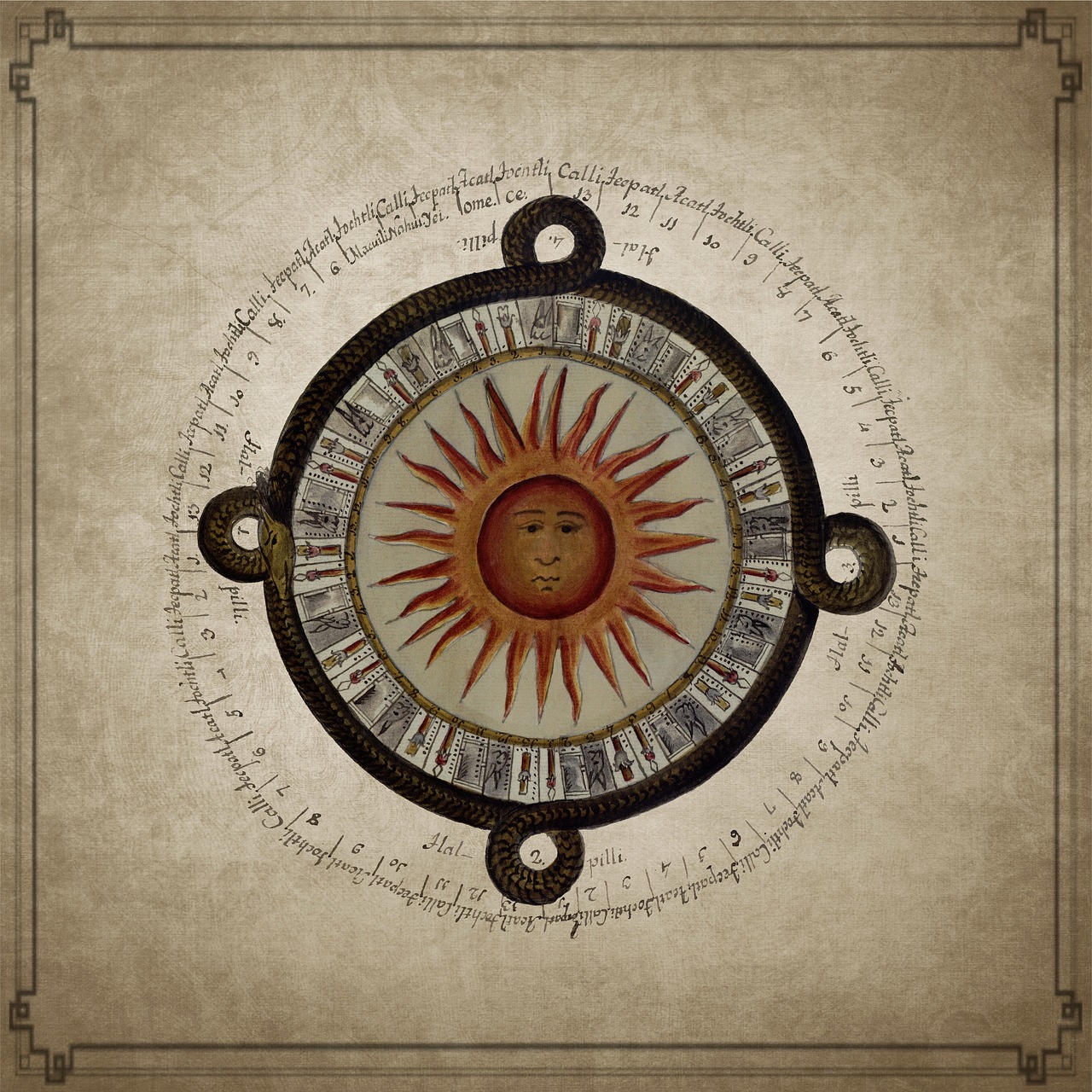
Offerings to the Gods
Exploring the enigmatic rituals and beliefs of the Aztec civilization, shedding light on their religious practices and ceremonies that were central to their society and worldview.
Understanding the pantheon of gods worshipped by the Aztecs and delving into their complex belief system that influenced every aspect of their lives.
Unraveling the significance of human sacrifice in Aztec religious ceremonies, examining the rituals and practices associated with this controversial aspect of their faith.
When it came to offering tribute to their deities, the Aztecs were known for their elaborate ceremonies and diverse offerings. These offerings were essential to maintain the favor of the gods and ensure the well-being of their society. The Aztecs presented a wide array of gifts to their gods, ranging from food and flowers to valuable items like gold and jade. Each offering held symbolic meaning and was carefully selected to honor specific deities or mark important occasions.
Discovering the architectural marvels of Aztec temples and sacred locations, analyzing the design and purpose of these structures in the practice of their religion.
Examining the role of priests and religious leaders in Aztec society, discussing their authority, responsibilities, and influence on religious practices.
Investigating the methods of divination and prophecy used by the Aztecs to communicate with the gods and foresee the future, offering insights into their spiritual beliefs.
Explaining the significance of the Aztec ceremonial calendar and religious festivals, highlighting key dates and events that marked their religious observances.
Exploring the Aztec beliefs about the afterlife and the spiritual realm, including their views on death, the underworld, and the journey of the soul beyond earthly existence.
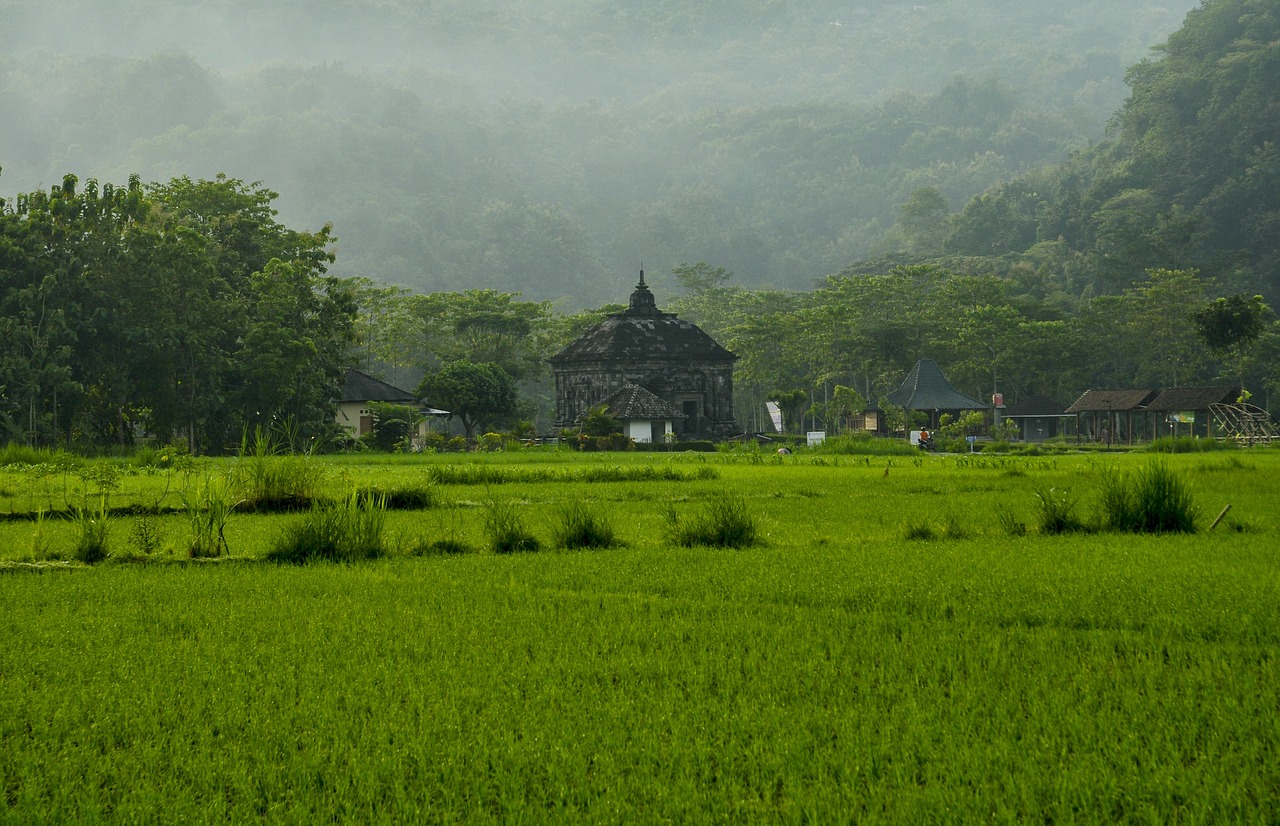
Temples and Sacred Sites
Exploring the enigmatic rituals and beliefs of the Aztec civilization, shedding light on their religious practices and ceremonies that were central to their society and worldview.
Understanding the pantheon of gods worshipped by the Aztecs and delving into their complex belief system that influenced every aspect of their lives.
Unraveling the significance of human sacrifice in Aztec religious ceremonies, examining the rituals and practices associated with this controversial aspect of their faith.
Exploring the various offerings and tributes made to appease the Aztec deities, including food, animals, and precious items used in religious ceremonies.
Discovering the architectural marvels of Aztec temples and sacred locations, analyzing the design and purpose of these structures in the practice of their religion. The temples of the Aztecs were not merely buildings but were considered sacred spaces where the physical world met the spiritual realm. These structures were meticulously constructed with intricate carvings, symbolic decorations, and precise alignments to celestial events. Each temple served as a gateway to communicate with the gods and perform religious ceremonies.
Examining the role of priests and religious leaders in Aztec society, discussing their authority, responsibilities, and influence on religious practices.
Investigating the methods of divination and prophecy used by the Aztecs to communicate with the gods and foresee the future, offering insights into their spiritual beliefs.
Explaining the significance of the Aztec ceremonial calendar and religious festivals, highlighting key dates and events that marked their religious observances.
Exploring the Aztec beliefs about the afterlife and the spiritual realm, including their views on death, the underworld, and the journey of the soul beyond earthly existence.
Stay tuned for the frequently asked questions section coming soon!

Priesthood and Religious Leaders
The Aztec society placed great importance on the role of priests and religious leaders in maintaining spiritual harmony and connecting with the divine realm. The priesthood was a revered institution that wielded significant influence over religious practices and societal norms. Aztec priests were highly trained individuals who dedicated their lives to serving the gods and performing elaborate rituals to ensure the well-being of their people.
Within the Aztec religious hierarchy, priests held a position of authority and respect, acting as intermediaries between the mortal world and the spiritual realm. They were responsible for conducting ceremonies, offering sacrifices, and interpreting omens to appease the gods and seek their favor. The knowledge and wisdom possessed by the priesthood were considered essential for maintaining order and balance in Aztec society.
Religious leaders played a crucial role in guiding the spiritual beliefs and practices of the Aztec people, providing moral guidance and enforcing religious laws. They were tasked with upholding the traditions and customs associated with worship, ensuring that rituals were performed correctly and in accordance with the will of the gods.
Moreover, priests and religious leaders were responsible for overseeing the education and training of future generations of clergy, passing down sacred knowledge and teachings to ensure the continuity of religious practices. They played a central role in preserving the cultural heritage and spiritual legacy of the Aztec civilization, shaping the religious identity of the society.
In addition to their ceremonial duties, priests and religious leaders were also involved in various aspects of Aztec life, offering counsel to rulers, participating in political decision-making, and contributing to the social welfare of the community. Their influence extended beyond the realm of religion, encompassing all facets of Aztec culture and governance.
The priesthood and religious leadership in Aztec society exemplified the intricate connection between spirituality, power, and tradition, embodying the profound significance of religious practices in shaping the beliefs and values of the civilization. Through their guidance and devotion, priests and religious leaders played a vital role in upholding the spiritual integrity of the Aztec people and ensuring the continuity of their religious heritage.
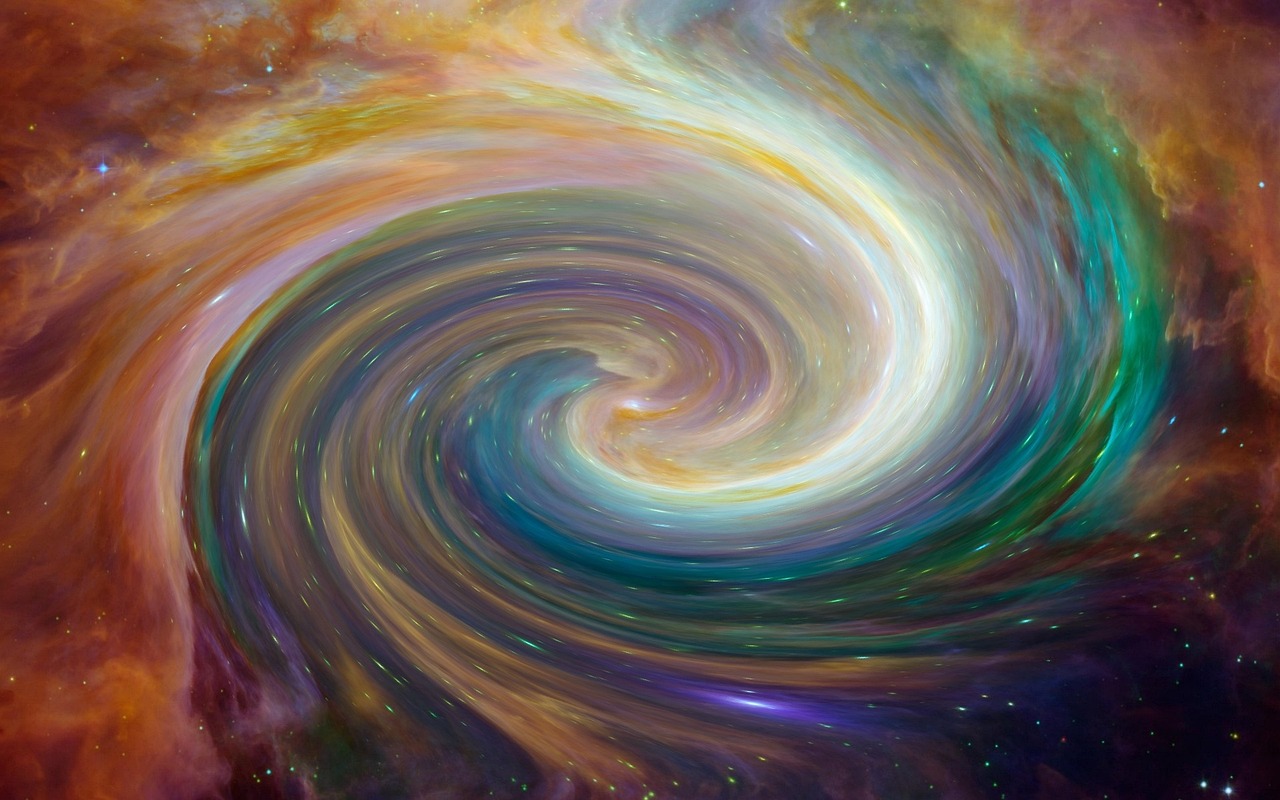
Divination and Prophecy
Exploring the enigmatic rituals and beliefs of the Aztec civilization, shedding light on their religious practices and ceremonies that were central to their society and worldview.
Understanding the pantheon of gods worshipped by the Aztecs and delving into their complex belief system that influenced every aspect of their lives.
Unraveling the significance of human sacrifice in Aztec religious ceremonies, examining the rituals and practices associated with this controversial aspect of their faith.
Exploring the various offerings and tributes made to appease the Aztec deities, including food, animals, and precious items used in religious ceremonies.
Discovering the architectural marvels of Aztec temples and sacred locations, analyzing the design and purpose of these structures in the practice of their religion.
Examining the role of priests and religious leaders in Aztec society, discussing their authority, responsibilities, and influence on religious practices.
Investigating the methods of divination and prophecy used by the Aztecs to communicate with the gods and foresee the future, offering insights into their spiritual beliefs.
Explaining the significance of the Aztec ceremonial calendar and religious festivals, highlighting key dates and events that marked their religious observances.
Exploring the Aztec beliefs about the afterlife and the spiritual realm, including their views on death, the underworld, and the journey of the soul beyond earthly existence.
The Aztecs had a deep fascination with divination and prophecy, believing that through these practices, they could gain insights into the will of the gods and the future. They utilized various methods such as reading omens in natural phenomena, interpreting dreams, and consulting oracles. The Aztec priests, known as "tonalpouhque," played a crucial role in conducting these rituals and deciphering the messages from the spiritual realm. By understanding the signs and symbols believed to be sent by the deities, the Aztecs sought guidance in making important decisions and predicting upcoming events.
Coming soon...
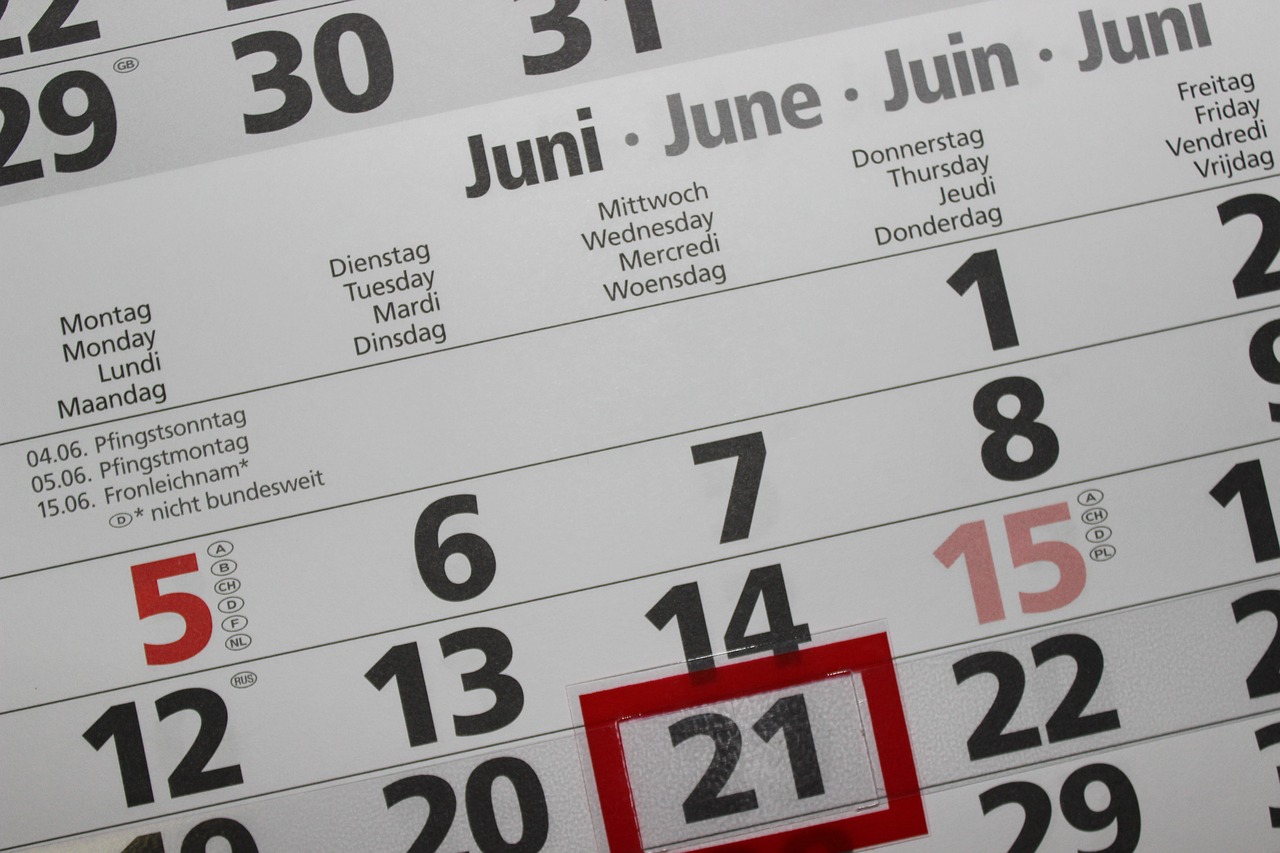
Ceremonial Calendar and Festivals
Exploring the enigmatic rituals and beliefs of the Aztec civilization, shedding light on their religious practices and ceremonies that were central to their society and worldview.
Understanding the pantheon of gods worshipped by the Aztecs and delving into their complex belief system that influenced every aspect of their lives.
Unraveling the significance of human sacrifice in Aztec religious ceremonies, examining the rituals and practices associated with this controversial aspect of their faith.
Exploring the various offerings and tributes made to appease the Aztec deities, including food, animals, and precious items used in religious ceremonies.
Discovering the architectural marvels of Aztec temples and sacred locations, analyzing the design and purpose of these structures in the practice of their religion.
Examining the role of priests and religious leaders in Aztec society, discussing their authority, responsibilities, and influence on religious practices.
Investigating the methods of divination and prophecy used by the Aztecs to communicate with the gods and foresee the future, offering insights into their spiritual beliefs.
The Aztec ceremonial calendar was intricately linked to their religious beliefs, guiding the timing of various festivals and rituals throughout the year. Each month was dedicated to specific deities, with corresponding ceremonies and observances to honor them. The calendar was a reflection of the Aztec worldview, emphasizing the cyclical nature of time and the interconnectedness of the spiritual and earthly realms.
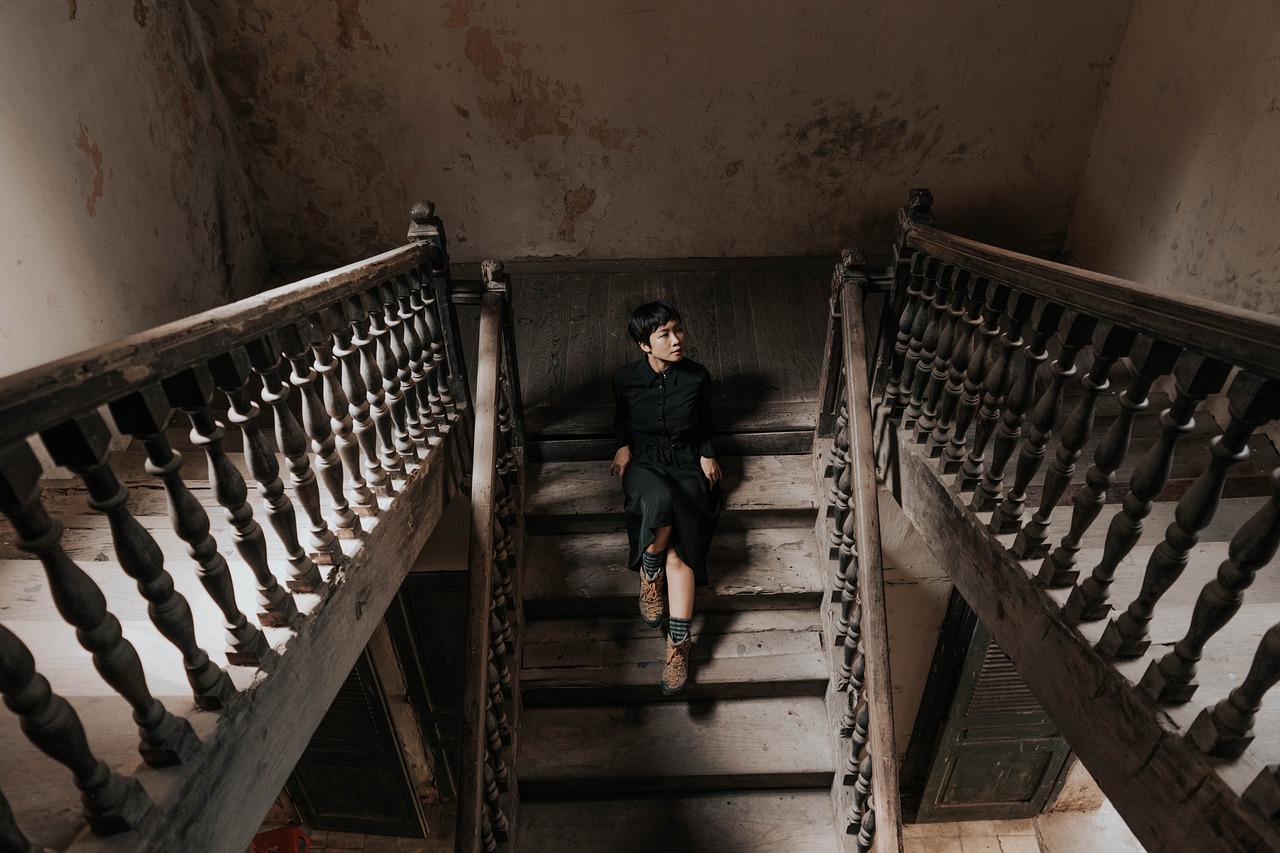
Afterlife and Spiritual Realm
The Aztecs held intricate beliefs about the afterlife and the spiritual realm, viewing death as a transformative journey rather than a final destination. Central to their faith was the concept of Mictlan, the underworld where the souls of the deceased embarked on a perilous journey to reach their final resting place. In Aztec cosmology, the afterlife was a multifaceted realm with different levels and destinations based on one's actions in life.
According to Aztec beliefs, individuals who died a noble death in battle or as sacrificial offerings were granted access to Tlalocan, the paradise of the rain god Tlaloc. This heavenly realm was described as a place of eternal spring, abundant harvests, and blissful existence. Conversely, those who perished from natural causes or mundane circumstances were believed to descend into the dark and foreboding realm of Mictlan.
The journey through Mictlan was fraught with challenges and dangers, requiring the deceased to navigate a series of trials and obstacles before reaching the realm of the dead. To aid the departed on their journey, the Aztecs conducted elaborate burial rituals and offerings to ensure a safe passage to the afterlife. These rituals included placing valuable possessions, food, and symbolic items in the tombs of the deceased to accompany them on their spiritual voyage.
Moreover, the Aztecs believed in the cyclical nature of existence, where death was not the end but a transition to another phase of being. They viewed the afterlife as a continuation of the cosmic order, with the souls of the departed playing essential roles in maintaining the balance of the universe. Through their elaborate funerary practices and spiritual beliefs, the Aztecs sought to honor their ancestors and ensure the continuity of life beyond the earthly realm.
Overall, the Aztec conception of the afterlife and the spiritual realm reflected their profound reverence for the cycle of life and death, emphasizing the interconnectedness of the physical and metaphysical worlds. Their beliefs provided a framework for understanding the mysteries of existence and the eternal journey of the soul through the realms of the divine.
Frequently Asked Questions
- What were the main deities worshipped by the Aztecs?
The Aztecs worshipped a diverse pantheon of gods, including Huitzilopochtli, Quetzalcoatl, Tlaloc, and Tezcatlipoca, each representing different aspects of life and nature.
- Why did the Aztecs practice human sacrifice?
Human sacrifice was a central aspect of Aztec religious beliefs, seen as necessary to appease the gods and ensure the continuation of the world and cosmic order.
- What types of offerings were made to the Aztec deities?
The Aztecs offered a variety of items to their gods, including food, animals, flowers, and precious objects, believing that these gifts would please the deities and bring blessings.
- How did the Aztecs communicate with their gods?
The Aztecs used divination, rituals, and ceremonies to communicate with their gods, seeking guidance, protection, and blessings for their community and personal endeavors.
- What were the beliefs of the Aztecs regarding the afterlife?
The Aztecs believed in multiple levels of the afterlife, including a paradise for noble warriors and a realm of darkness for those who died of natural causes, with the journey of the soul continuing beyond death.



